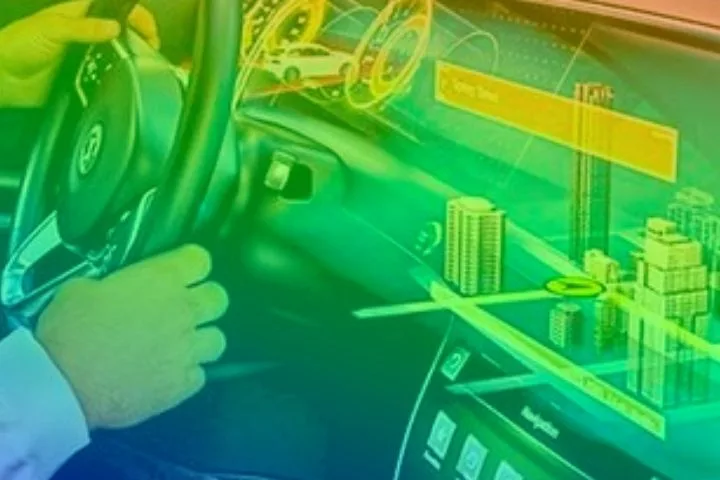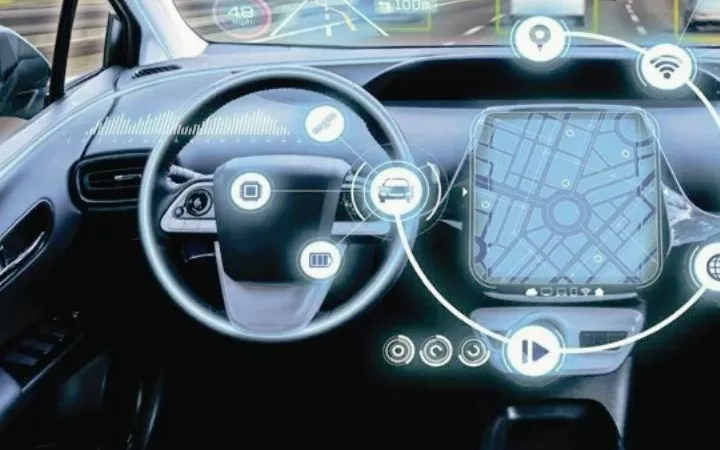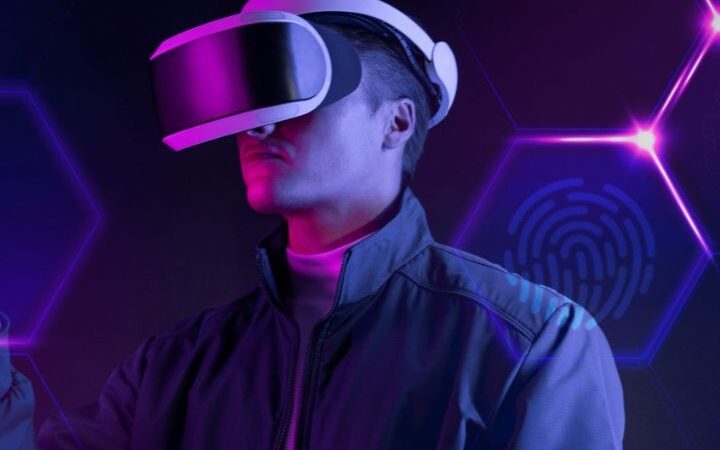Know About How Display Technology Will Develop In Vehicles

From the display unit, the display technology will develop into a multi-talented control and display unit. At the same time, however, holography will also develop in the micro-LED display. An outlook
In terms of questionable offers at the fair, it probably doesn’t help anyone look into the crystal ball. On the other hand, some industry experts can and must dare to look into the near or more distant future.
With the appropriate expertise, the view of upcoming display trends becomes even clearer.
The full range of display technology
Last but not least, this year’s Display Week, which was completely digital, showed what can be expected shortly: In the 2D environment of flat displays, sooner or later, or from expensive to affordable, LC and OLED displays to micro-LED displays go.
At the same time, holography will undoubtedly develop in many different variants. What is important here is the step away from stereoscopic to volumetric representations.
The journey of the displays continues: They developed from the former display units to the ultimate control and display multis.
Pure, digital displays for computer-generated or distributed information become integrated or integrable functionalities and actively controllable surfaces. Displays are already a must in any application.
The displays are increasingly making use of all of the properties of light, including those that have not yet been so well known. At the same time, the boundaries between lighting and display are blurring.
After all, displays are becoming ever smarter and offer additional sensors or functions such as in-cell touch, fingerprint sensors, embedded cameras, or other different information.
Micro-LED display as the next flagship
Accordingly, displays are now manufactured in all sizes and configurations: from flexible, bendable to rollable, from transparent, translucent to crystal clear, from backlit to self-luminous screens for two- to three-dimensional display.
For flat displays, i.e. in the 2D environment, micro-LEDs are the next flagship. A lot of resources and energies are currently being invested in this development step.
However, the costs of this technology are not suitable for mainstream in the foreseeable future.
Until then, OLEDs will continue to be advanced in very different technical combinations. This can be with and without quantum dots, for example. Here, too, a lot of work and effort has already been invested in the development.
Because: Even if OLEDs are almost cyclically approaching a foreseeable, technically achievable end, there is always something to be gained out of it, in keeping with the motto “dead people live longer”.
As I said, temporarily with reservation. If micro-LEDs become affordable for the masses, then the O in OLEDs will be displaced.
At the same time, and with a lot of momentum, the development of three-dimensional displays is being pushed forward. Or rather, the development of displays that can represent three-dimensionally is being promoted: Driving systems in this area are, for example, holography, light field technology or enriched reality, to name a few approaches.
As a reminder: A hologram is – in the simplest case – a two-dimensional surface that can refract and bend or distribute light in such a way that, with suitable lighting, three-dimensional, full-colour objects can be displayed. You then seem to be behind and or in front of this surface with full mobility and dynamism.
When ads get three-dimensional
The next step in developing current three-dimensional representations is thus clear: Displays are becoming truly three-dimensional. It is about the true volumetric representation.
In contrast to today’s 3D display options, the display changes from stereoscopic or autostereoscopic to three-dimensional, volumetric appearances.
The main difference is that the brain does not have to convert what it sees but can consume what the eyes absorb. An example: With current, stereoscopic 3D glasses, different information is transmitted for the right and left eye, but only for one spatial aspect.
The brain then has to recreate all other spatial aspects. Displays will be rethought shortly and in the near future. That goes right up to Smart Skin or Smart Surface.
Displays become the view themselves.
Displays are becoming modular, three-dimensional objects: in future, they will no longer just show views but will themselves become views.
This creates new formats for graphics, scanners, printers, mathematics or CAD, but also facilities, design, creation, robotics and many other applications.
And that, in turn, creates new opportunities for medical analyzes, education and training, scientific data representations, simulations, architecture and construction, maps and overviews for private users, industrial and government services and thus huge creative freedom for functional design.
But: This paradigm shift brings the need for new, more precise functions with fewer or previously unknown side effects, greater (data) throughput, lower costs and more controllable production processes in display development.






